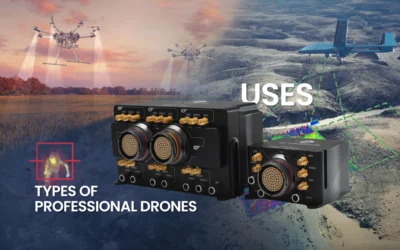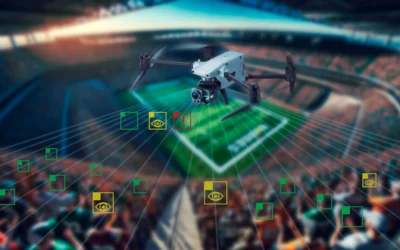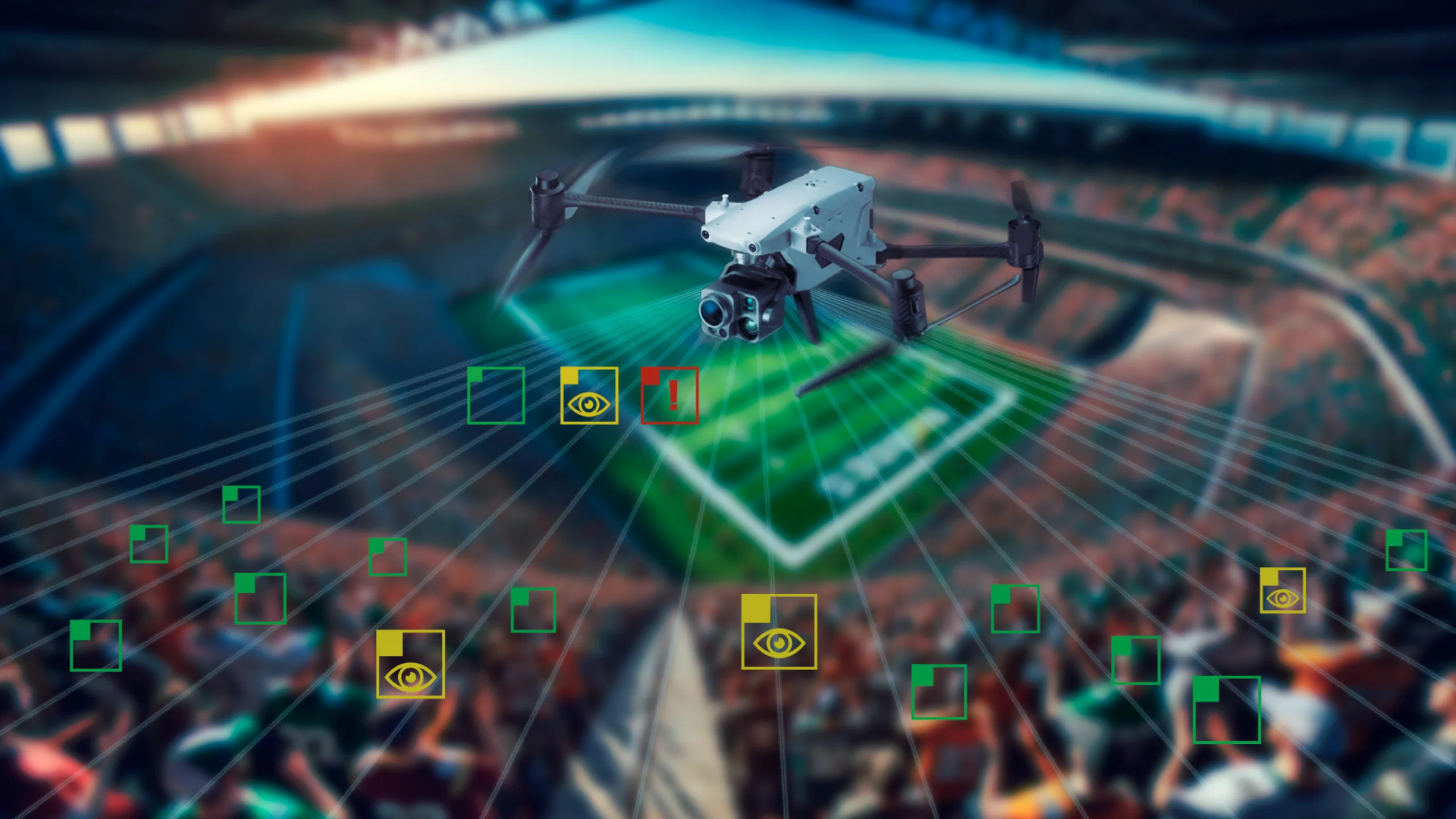Embention and Optical Sensors join forces to deliver professional solutions for MALE and HALE aircraft
Within the UAV industry, MALE and HALE vehicles work in one of the most demanding environments in terms of temperature and altitude, for this reason it is of vital importance that the equipment on board meets the necessary specifications to ensure that the operation is performed according to the required reliability and safety standards.
Before continuing, it is important to describe the main characteristics of these two types of UAVs:
- MALE refers to an unmanned aerial vehicle for Medium Altitude and Long Endurance, for its acronym. With flight altitudes between 10,000 and 30,000 feet, the typical flight endurance is around 24 to 48 hours. MALEs are horizontal take-off and landing vehicles, usually with a maximum take-off weight (MTOW) between 450 and 4,500 kg and payloads from 100 to 500 kg.
- HALE is the designation used for vehicles designed for High-Altitude and Long Endurance flights. These are sophisticated, high-performance aircraft, typically flying above 50,000-60,000 feet, with a range of over 24 hours. Usually, maximum take-off weight is above 2,500 kg and take-off and landing is horizontal.
Ice formation on these vehicles represents a serious problem if not handled properly. The generation of ice on the aerodynamic surfaces causes an increase in air resistance, as well as a loss in lift. This effect will increase stall speed. Likewise, in propeller-driven aircraft, it results in a loss of propeller efficiency, reducing thrust. It should not be overlooked that hazardous ice weighs 90% water, so it builds up quickly against the payload. When collected on control surfaces, ice will affect them by reducing their effectiveness, reducing the ability to control the drone.
In-flight icing detection is critical to ensure safe MALE and HALE flights. This requires having the right sensors installed in strategic areas of the drone and configuring the necessary mitigations to ensure safe flight in the event of ice molecules appearing on exposed optical surfaces. This is why the combination of Optical Sensors’ ice sensors with Veronte 4x Autopilot form the perfect combo to ensure safe operation in the harshest environments.
The ice sensors from Optical Sensors detect, among other things, ice formations on an exposed surface in a freezing environment and can be either clear ice or flake ice, depending on the atmospheric variables. For this purpose, Ice Meister sensors monitor the characteristics of any substance deposited on the sensor.
Embention develops its Veronte Autopilot 4x following the most demanding design standards in the aeronautical industry (DO-178C, DO-254…). It also incorporates unique functionalities to guarantee the perfect symbiosis with Optical Sensors’ ice sensors, such as customization of mitigations in case of ice detection, definition of degraded flight phases, in-flight change of operation envelopes, energy control algorithms, etc.
It should be noted that the operation of MALE and HALE systems is carried out in very complex environments where there is no option for failure. That is why Veronte Autopilot 4x used in combination with Ice Meister sensors can guarantee the reliability levels required for critical operations.
About Veronte Autopilot 4x: The redundant autopilot Veronte Autopilot 4x has been successfully installed on a wide range of tactical, MALE and HALE UAVs. This redundant control system includes advanced tools for these scenarios, such as fly-by-camera or communications silence. Veronte’s automation module allows to customize the drone’s behavior in case of system failure or operational risk (low fuel, loss of link, loss of GNSS, obstacle detection, etc.).
About Optical Sensors: Its ultra-sensitive ice sensors use optical technology to detect both water and ice. These sensors have been successfully tested by NASA and are installed on a wide range of aircraft. It alerts the pilot and autonomous control systems to the presence of ice, allowing appropriate action to be taken for ensuring a safe operation.















